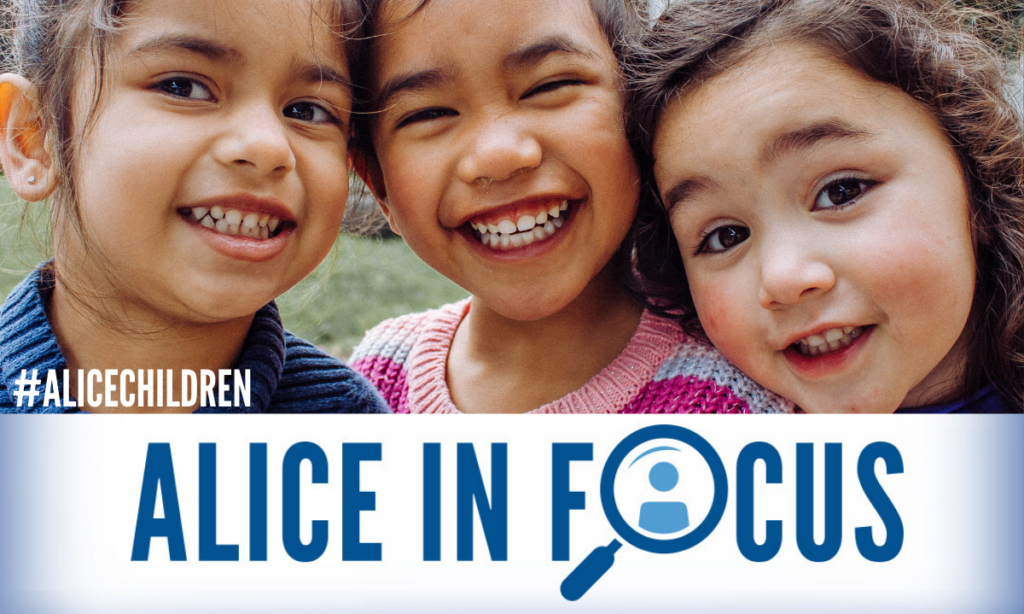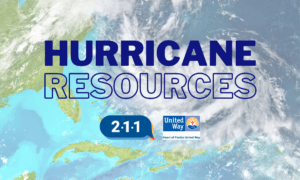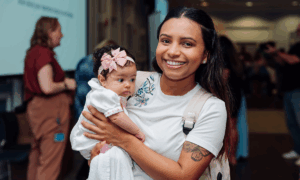The COVID-19 pandemic highlighted just how many children in Central Florida live in financial hardship and depend on assistance programs. However, new research highlights that this economic insecurity was rampant for Central Florida children even before the pandemic.
According to a new report created in partnership with United for ALICE, most of Central Florida’s Hispanic and Black children — 71% and 69% respectively — lived in households that couldn’t afford the basics in 2019, compared to 57% of all Central Florida children.
This report, ALICE in Focus: Children, reveals two key findings:
- There’s a disproportionate impact of financial hardship on our community’s Black and Hispanic children.
- Traditional measures of poverty have severely undercounted the number of children of all races in Florida who are growing up in financially insecure households.
Understanding the Numbers
The ALICE in Focus: Children report is based on both Central Florida children officially deemed to be living in poverty — 18% in 2019 — and Central Florida children living in families defined as ALICE (Asset Limited, Income Constrained, Employed) — 39% in 2019.
ALICE households earn too much to be considered at the federal poverty level, but they earn less than what it costs to live and work in the modern economy. Combined, 57% of Central Florida’s children lived in households below the ALICE Threshold with income that doesn’t meet the basic costs of housing, childcare, health care, transportation, and a smartphone plan.
This means that 39% of children didn’t have access to the critical support they needed.
Because ALICE households often earn too much to qualify for public assistance, our report finds that more than 147,238 Central Florida ALICE children did not have access to the Supplemental Nutrition Assistance Program (SNAP). Likewise, 99,734 Central Florida ALICE children did not receive medical assistance.
Paving the Way for Change
To build and fund equitable programs that effectively support ALICE families — many of whom have faced exasperated hardships due to COVID-19 — it’s vital to promote accurate, complete data so that local, state, and federal programs can serve all families who are unable to meet their basic needs.
What You Can Do
Fortunately, everyone can have a role to play in creating a more secure future for our community’s children. Specifically, we encourage you to:
- Visit UnitedForALICE.org/Focus-Children to dig deeper into the data
- Share and encourage the use of this data to inspire change
- Advocate for more accurate data collection
Stay Connected
Are you interested in learning more? In addition to viewing the ALICE in Focus: Children interactive data, we encourage you to keep tuning into the ALICE in Focus Research Series, which draws from the U.S. Census Bureau’s American Community Survey (ACS) Public Use Microdata Samples (PUMS). Each installment in the series will highlight a specific segment within the ALICE demographic. Upcoming topics include people with disabilities and veterans.
For more information on this series and other community-focused information, subscribe to our e-newsletter, and follow us on Facebook, Twitter, and Instagram.









